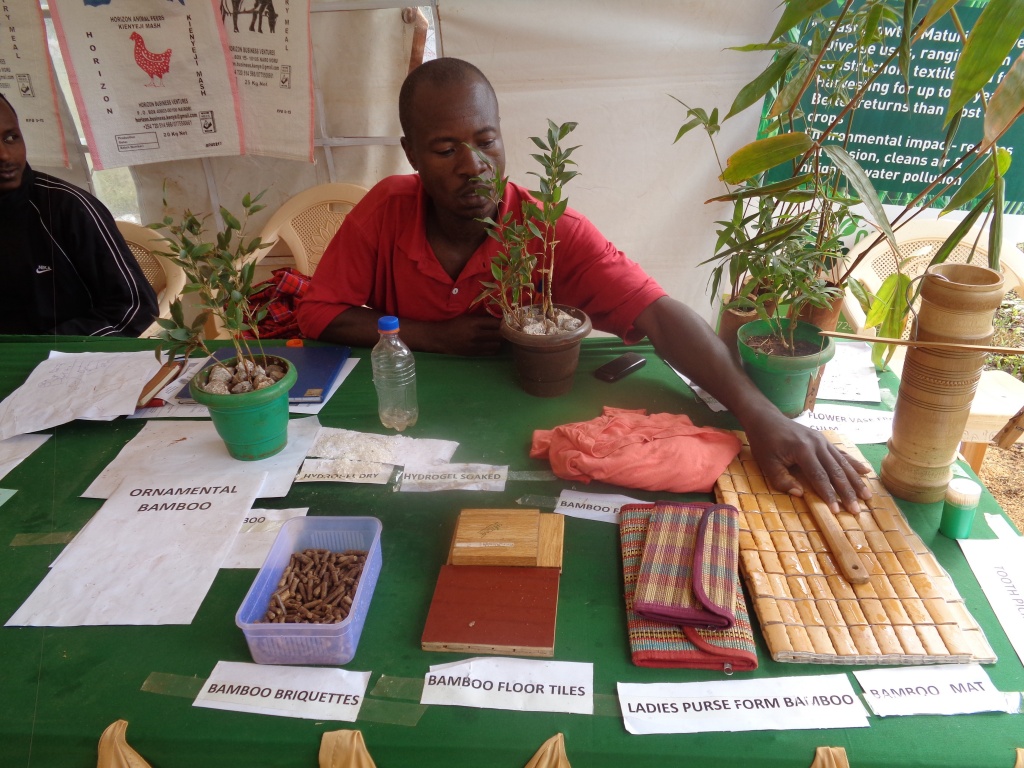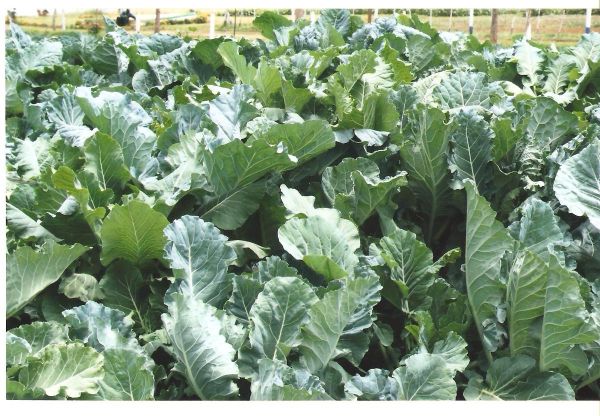
I first met Memory in Kasungu, in the Northern part of Malawi. Memory, a mother of six, farmed on a one acre piece of land alongside her husband. Every year, they planted maize and beans, often from seed that they had saved from the last season, or bought in the market. The previous season however, they had been lucky. A government subsidy program had provided them with improved seed and fertilizer, they had expanded their farm and the harvest was good.
When I asked Memory, how life had changed for her and her family, her answer was not as simple as I had expected. Yes, the family had harvested more maize, more than they had ever harvested. But this had come with additional costs. Her workload had increased, it meant she had to spend more time on the farm doing tasks that men shunned as women’s work, such as weeding and harvesting, this in addition to looking after her six children. Her husband had sold most of the maize and beans, despite her pleas to save some of it for food in case the next season did not go well.
They had quarreled, and for a few weeks, she had gone to live with her parents. Her husband argued he was the head of the household, and he had a right to make decisions on the sale of the maize. After all, the land belonged to him, and to his father before that.
While access to inputs and technologies is important for women, Memory’s story shows us that it is equally important to address the harmful social and cultural norms that prevent women from making decisions that can improve their lives, such as owning property, land, and controlling finances.
The future of our continent depends on it. In sub-Saharan Africa, gender inequality costs us an estimated US$ 95 billion a year. Nowhere is this more evident than in the agriculture sector, which employs 63% of economically active women. We know, for example, that if women were given the same access to productive resources such as fertilizers, machinery and information as men, they could increase yields on their farms by 20 to 30 percent.
But closing this gap in access to resources does not automatically lead to gender equality and the empowerment of women. Explicit efforts are needed to ensure that the engagement of women in agriculture delivers benefits for women. Only then will it benefit entire families, societies and economies.
First, we need to address the enormous burden of work for rural women. In developing countries in Africa and Asia women typically work between 12 to 13 hours per week more than men doing farm work, care work. In sub-Saharan Africa women spend about 40 billion hours a year collecting water. In Tanzania alone, increasing access to water would free up women’s working hours and, if converted into paid employment, would be equivalent to 1 million new full-time jobs for women.
Investments in improved agricultural technologies can also improve efficiency of household tasks and save women’s time. A project funded by IDRC in Kenya and Uganda, developed precooked bean products that reduced cooking time for beans, a common source of protein, from 3 hours to 15 minutes saving on women’s time, water and firewood. We need more investments like this that reduce the burden of work for rural women.
Second, we need to address the gender and social norms that still determine what a woman’s place is in terms of household decision making and ownership of property. In Kenya for example, despite a very progressive constitution that guarantees inheritance of land by sons and daughters, only one percent of land titles are held by women with another five percent held by women jointly with men. In much of sub-Saharan Africa, a society’s perception is still that women and girls should not own land. Approaches that challenge these norms and engage men are being tested in a few places.
In Malawi and Zambia, for example, a fisheries project funded by IDRC has been using theatre to shift perceptions on women’s roles in the fisheries sector. Decision making by women on use of income has risen by 32 percentage points. Projects like these that seek to understand and tackle entrenched social norms should be replicated.
Finally, we need to invest in data and evidence on what works for empowering women in agriculture. In 2013, USAID’s Feed the Future program developed the Women’s Empowerment in Agriculture Index. Using this index, people working in agriculture and development can track what impact their innovations have on women’s empowerment in the sector. Such data can tell us what is working and what needs to be taken to scale.
As the agriculture community in Africa converges at the African Green Revolution Forum in Abidjan in September, I hope that we not only discuss what women can do for agriculture, but what agriculture, and we in the agriculture community can do to ensure that agriculture serves women, their families, communities and economies.
Dr Jemimah Njuki is a Senior Program Specialist at Canada’s International Development Research Centre where she manages a portfolio of agriculture and food security, and women's empowerment projects. She is an Aspen News Voices Fellow.

















